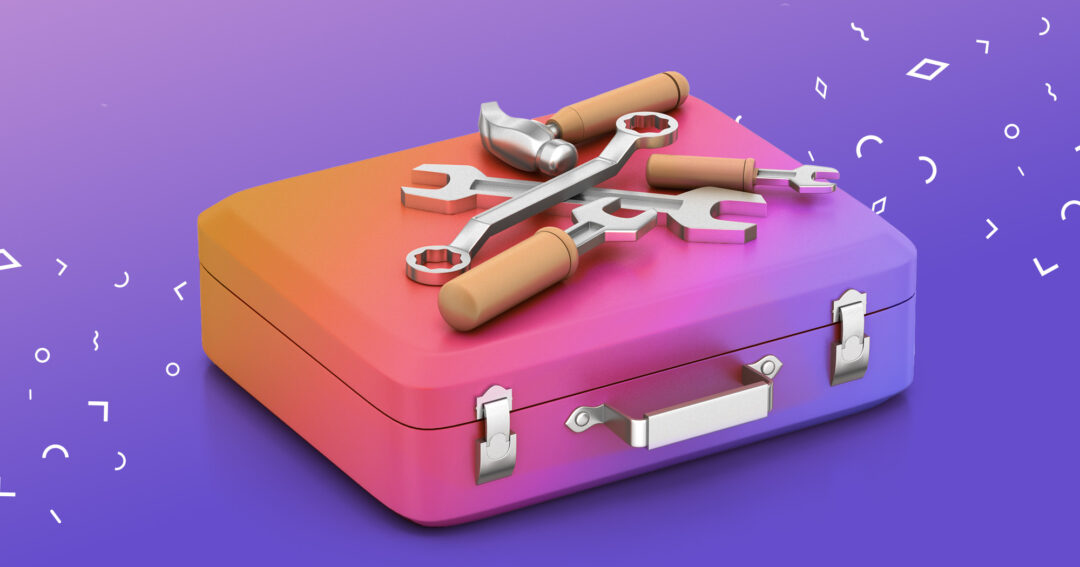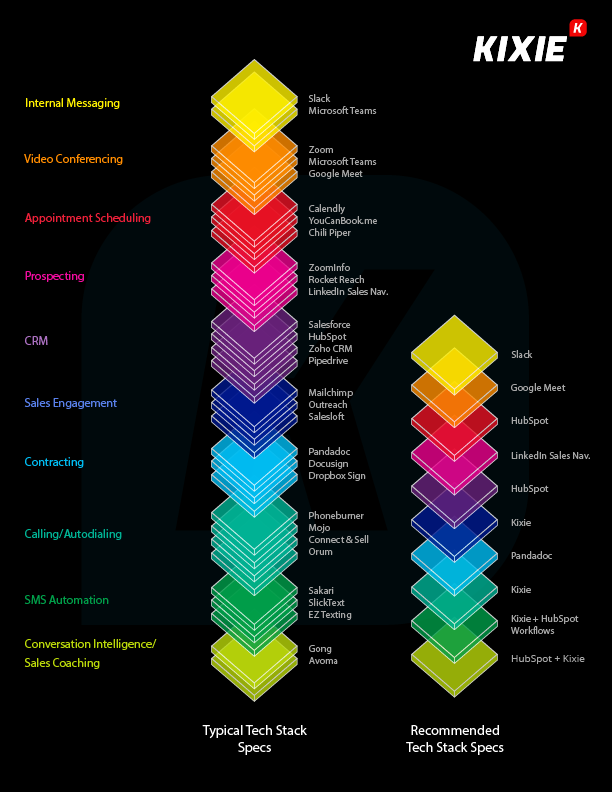An outbound sales tech stack refers to the integrated suite of tools and software solutions employed by sales teams to identify, engage, and convert potential customers.
This collection of technologies might include customer relationship management (CRM) systems, sales intelligence platforms, email tracking tools, automation software, reporting and analysis software, and more. It can be pretty overwhelming to get started building a sales tech stack from scratch, let alone an automated one.
Nevertheless, in the context of a broader sales strategy, a robust outbound tech stack is indispensable. It streamlines and automates various stages of the sales process, provides valuable insights into prospect behavior, and enhances communication.
By harnessing the power of an automated sales tech stack, outbound teams can not only reach out to prospects more effectively but also craft tailored strategies to boost their number of closed-won deals.
In this article, we’ll share key steps to building your own outbound sales tech stack, from assessing your goals to choosing tools and measuring success. Plus, we’ve even included some bonus tips to help you ensure compatibility between all of your tools. Let’s dive in!
Understanding the outbound sales process
A successful outbound sales process includes several key components:
- lead generation, the time that potential contacts or prospects are identified;
- lead qualification, where these contacts are assessed for their potential to become customers;
- outreach, which involves initiating contact through various channels;
- and follow-up, where sales reps maintain contact to nurture and close the deal.
Even with these activities in place, sales teams face numerous challenges. The sheer volume of outreach can be overwhelming, and not every lead will be receptive. Rejection rates are often high, and without effective tools or strategies, the process can become inefficient.
What’s more, crafting a personalized approach for each prospect in a world saturated with sales pitches demands creativity. This is where a well-thought-out tech stack becomes crucial — offering automation, intelligence, and analytics to navigate these challenges and optimize the outbound sales journey.








